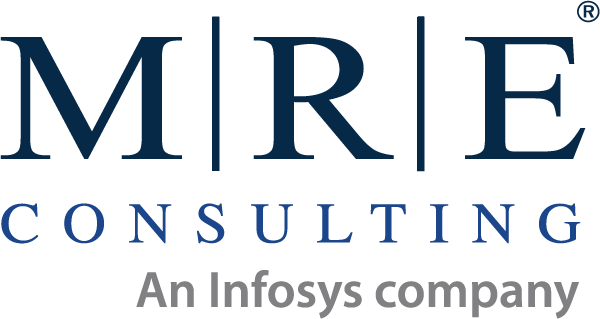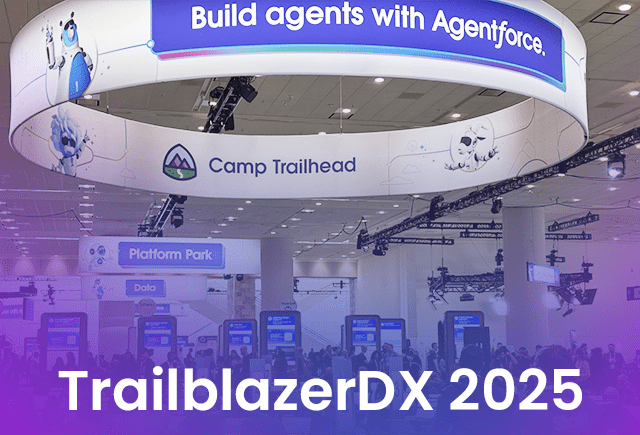By Saima Hemani, Business Analyst, MRE Consulting
This year’s Texas Dreamin’ wasn’t just a fun Salesforce meet-up; it was an amazing celebration of the power of peer learning and the strength of the Texas Trailblazer community. The highlight for me was the focus on Business Analysts across multiple sessions. These sessions emphasized the crucial role BAs play in successful solutioning, which aligns perfectly with the conference’s other key themes: cleaner data and preparing for AI-driven businesses. After all, BAs are pivotal in navigating and preparing the clean, accurate data needed for effective AI implementation.
Here are my five conference takeaways for BAs that can empower them in the coming year:
1. Be Disciplined with Your Questions: The WIDTH Approach
Business Analysts are the guardians of solutioning, and mastering this role involves asking the right questions during requirements workshops. Keep your inquiries sharp and business engagement rolling with the WIDTH approach:
- W – Why: Uncover the purpose and rationale behind every requirement.
- I – If: Explore possibilities and hypothetical scenarios to foresee challenges.
- D – Describe: Get the details and understand the specifics of the needs.
- T – Tell me: Invite stakeholders to share insights and stories.
- H – How: Delve into the mechanics and processes to find solutions.
2. Feedback Hats Approach: A Colorful Perspective
Business Analysts need to wear many hats to gain a well-rounded view of new ideas and requirements. The Feedback Hats approach is a colorful way of quickly running through different perspectives:
- Facts (White Hat): Ask clarifying questions to gather solid data. Example: “What data supports this requirement?”
- Emotions (Red Hat): Share your gut reaction without needing to justify it. Example: “My initial feeling about this solution is excitement.”
- Negatives (Black Hat): Identify potential pitfalls and reasons why something might not work. Example: “What specific aspects of this approach don’t sit well with you? Why?”
- Positives (Yellow Hat): Highlight the benefits and strengths of an idea. Example: “What do you like about this solution, and why?”
- Creativity (Green Hat): Brainstorm ways to enhance and innovate the idea. Example: “How can we take this concept further and improve it?”
3. Translating Discovery to Development
After gathering your discovery notes through the WIDTH and Feedback Hats strategies, you have to translate them into well documented requirements for your development team. Effective communication should cover both the big picture and the detail, so your development team can also share your vision:
- Know the big picture: Understand and communicate WHAT is possible and WHY it’s important, even if you don’t know HOW.
- Translate the need: Translate the business use cases to specifics by referencing technologies, fields, objects, API names, etc.
- On the Same Team: Communicate collaboratively. Business Analysts and Developers – we are all one team.
4. Basic Development Fundamentals for Business Analysts
You need to learn basic development skills to be an effective Business Analyst. The ability to break down logical steps in a process and query data are both critical to translating business requirements to technical implementation.
- Think in Pseudo-code: Break down processes into step-by-step logic to facilitate clearer communication with developers.
- Understand Variables and Data Types: Gain a fundamental knowledge of variables and data types to better grasp how data is managed and manipulated.
- Leverage SOQL for Quick Answers: Utilize tools like Workbench and Salesforce Object Query Language (SOQL) to quickly retrieve data and verify requirements.
5. Developer-Friendly Handover
It is a business analyst’s role to produce and hand over clear, well-defined requirements to the development team. They can work make requirements developer-friendly through the following:
- Create Detailed Process Flows: Develop comprehensive process flow diagrams to outline how different components interact within the system.
- Write user stories to include events and API names that developers use. Ideally, provide both label and API names of objects/fields.
- Conduct Walkthrough Sessions: Organize a live session to walk through requirements and address any questions or concerns developers might have. Record video walkthroughs to explain requirements and context.
- Mock-up user interfaces with image editors: This helps developers visualize the desired user experience. Provide screenshots with numbers and legends to reduce ambiguity.
- Provide Technical Documentation References: Link to relevant technical documentation, APIs, and libraries that developers will need.
By combining these different approaches, Business Analysts can learn to stand out and build a truly collaborative work relationship across the business and technical teams where creativity, critical thinking, and execution thrive together.
Remember- Solid analysis will turn today’s challenges into tomorrow’s solutions!
TX Dreamin’ 24’: Special Mentions & Sources
User Centered Design:
- Paul Mackinaw-Principal, LeanCog
- David Lotz-Managing Consultant, LeanCog
But I don’t want to be a Developer!
- Kate Lessard-Senior Delivery Team Manager, Arkus, Inc.
Developer Communication for Salesforce Admins:
- Matt Kaufman-CEO, Mambo Merge




